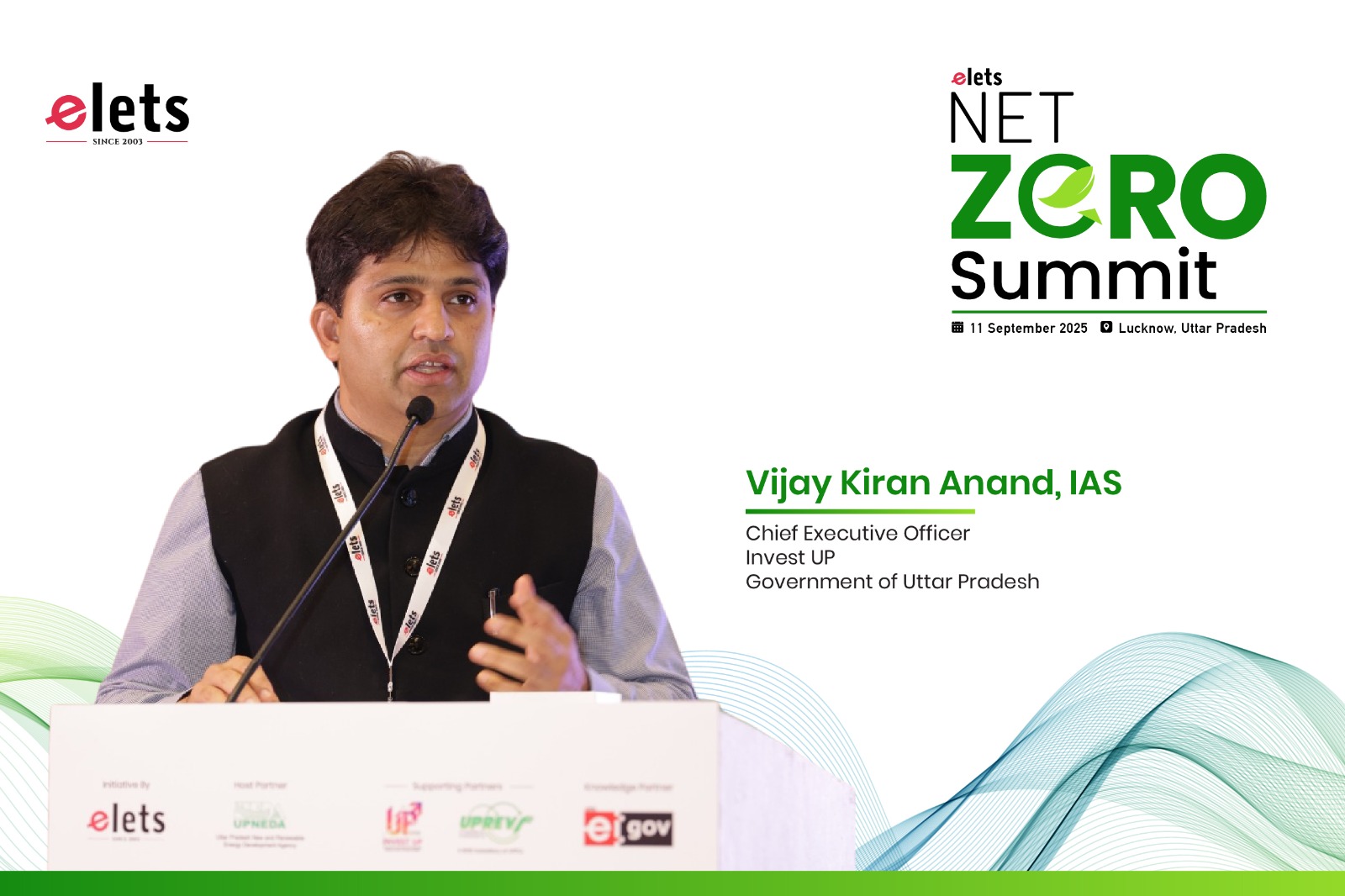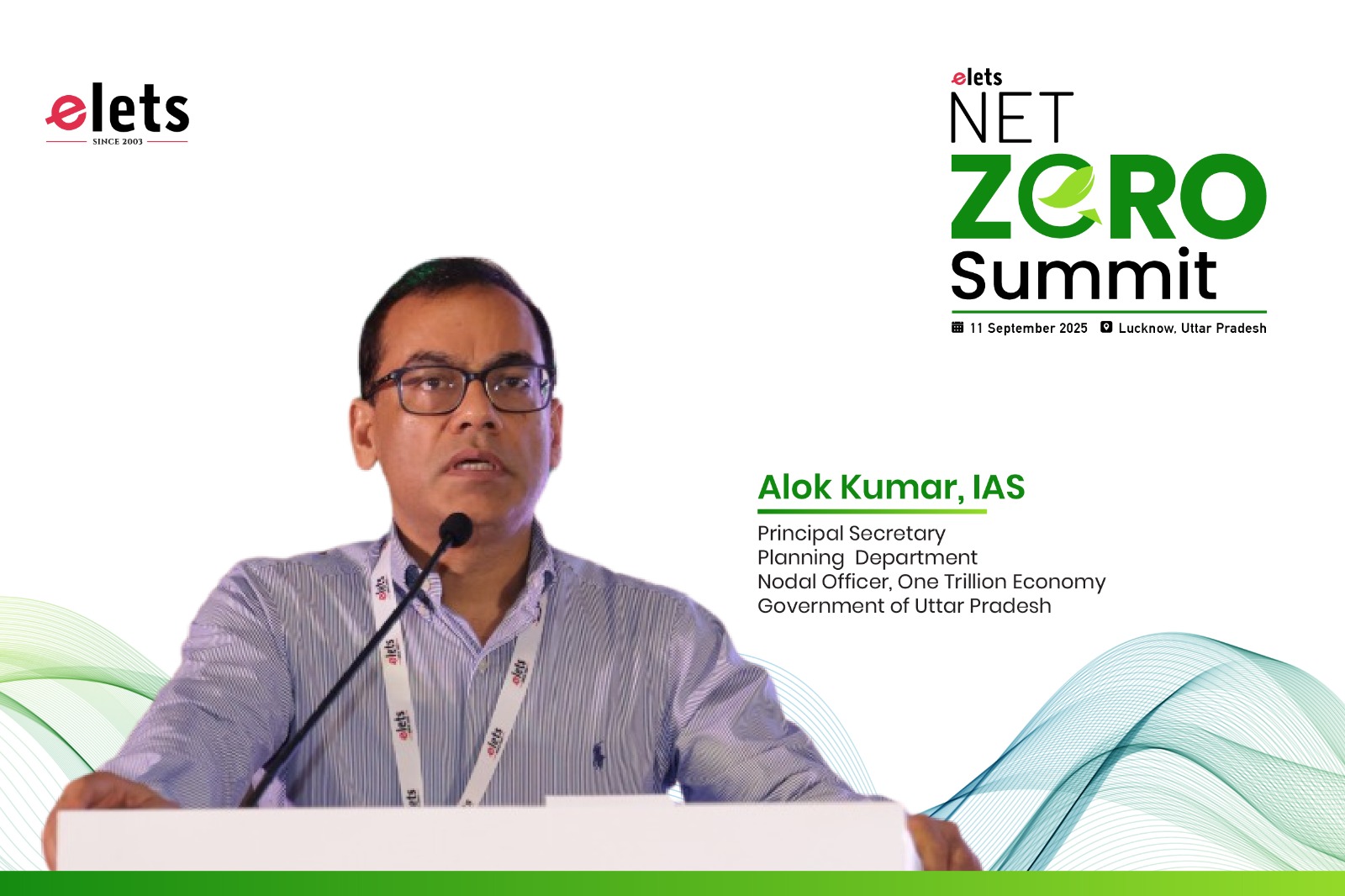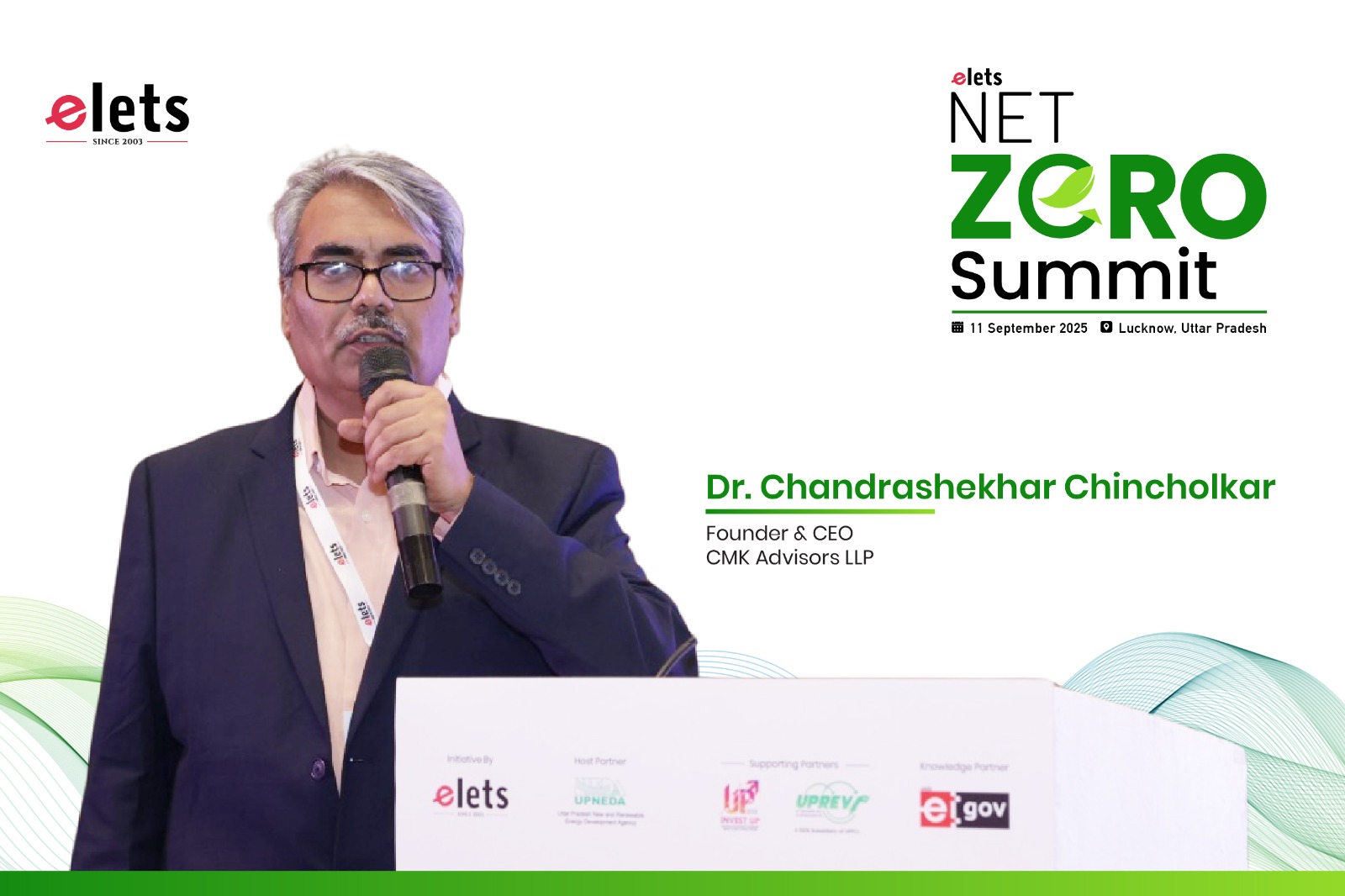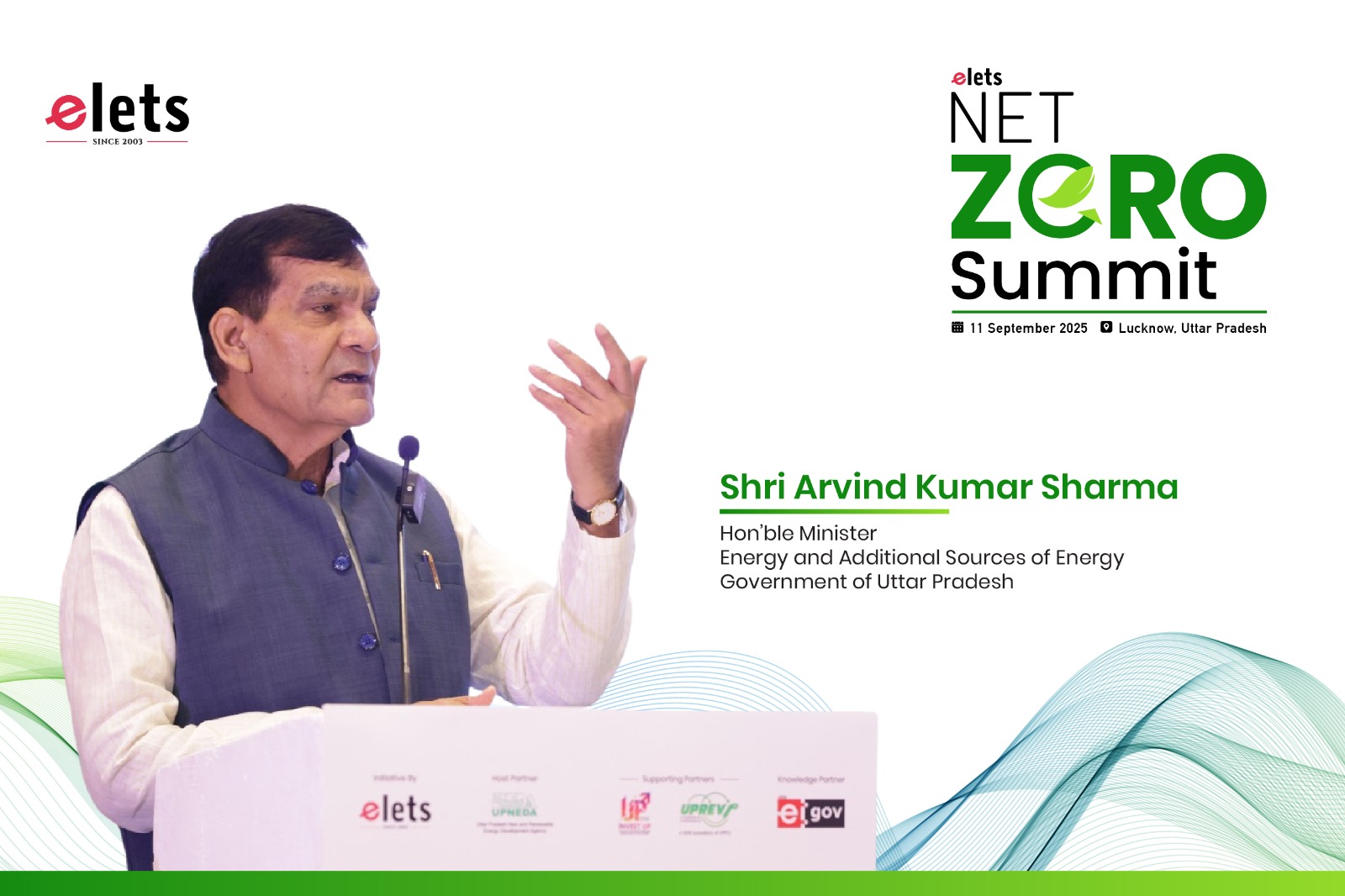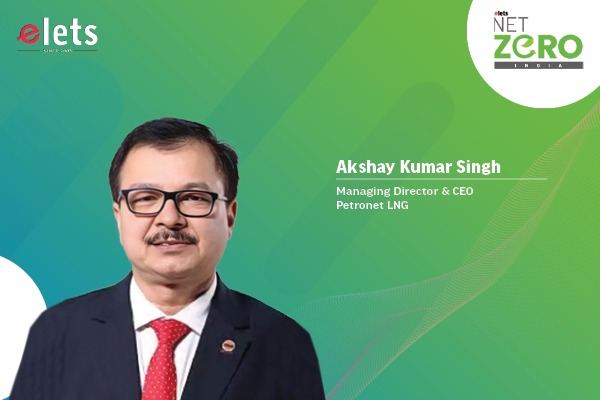
Petronet LNG has witnessed a significant 21% growth in LNG imports, strengthening India’s natural gas security. Expansion of the Hazira terminal and completion of the Kochi pipeline are key projects shaping the country’s energy future. While these initiatives enhance sustainability and infrastructure, challenges remain in scaling operations and optimizing efficiency. Governments are introducing policies and incentives to accelerate growth. Akshay Kumar Singh, Managing Director & CEO of Petronet LNG, discusses India’s LNG revolution with Nijhum Rudra of Elets News Network (ENN).
What challenges does India face in stabilising natural gas prices, and how can developed nations help emerging economies maintain stable prices?
Once an additional 50% supply enters the market, prices should stabilize, benefiting consuming nations by enabling them to maximize natural gas utilization. While various initiatives have been implemented, challenges remain in the market that require urgent solutions.
As a consuming and emerging economy, India’s growth relies on support from developed nations, which are the primary manufacturers and producers of these commodities. If these nations do not take steps to stabilize prices, consumers may shift to alternative fuels, leading to a significant loss for this valuable resource. It is in the best interest of producers and suppliers to ensure that prices remain affordable and reasonable, without major spikes or volatility, to preserve the long-term value of this commodity.
How has Petronet LNG’s role in handling India’s LNG imports evolved, and what does its 21% growth in imports from 2023 to 2024 signify for the country’s natural gas security?
Petronet LNG Limited continues to play a pivotal role in securing India’s natural gas supply. In 2024, the company imported 27.3 Million Metric Tonnes Per Annum (MMTPA) of LNG, marking a 21% increase over the previous year’s 22.6 MMTPA.
Petronet LNG is currently developing a third RLNG terminal on the east coast of India, located in Gopalpur, Odisha. All activities related to this greenfield terminal are progressing smoothly, with completion expected within the next three years.
The company handles a substantial share of the nation’s LNG imports, managing approximately 70-75% of the total volumes. This growth in imports underscores Petronet LNG’s expanding influence in meeting India’s energy demands, ensuring a stable and secure natural gas supply for the country.
How do Petronet LNG’s initiatives, such as expanding the Hazira terminal and completing the Kochi pipeline, highlight its success in strengthening India’s natural gas infrastructure?
Petronet LNG is set to expand the capacity of its Hazira LNG terminal from 17.5 MMTPA to 22.5 MMTPA, with the expansion expected to be completed within the next three to four months. Recognized as the world’s busiest LNG terminal, Hazira maintains the highest utilization rate, handling approximately 260 to 270 LNG cargoes annually.
While several global terminals have larger capacities, Hazira’s utilization remains unmatched. In contrast, the company’s second LNG terminal in Kochi has been operating at only 20-25% capacity since its commissioning in 2013. A key factor in its low utilization has been the incomplete connecting pipeline, which is expected to be completed later this year. Once the remaining 250 kilometers of the pipeline from Coimbatore to Bangalore is finished, the Kochi terminal will be integrated into the national gas grid, significantly boosting its utilization rate.
What upcoming initiatives are currently in the pipeline that, once completed, will have a significant impact?
Petronet LNG is currently developing a third RLNG terminal on the east coast of India, located in Gopalpur, Odisha. All activities related to this greenfield terminal are progressing smoothly, with completion expected within the next three years.
Once operational, this new terminal will significantly enhance India’s natural gas infrastructure. Over the next two to three years, Petronet LNG anticipates adding 14 to 15 million tonnes of regasification capacity, further strengthening India’s natural gas supply and meeting the country’s growing energy demands. This expansion will play a crucial role in bolstering India’s energy security and accelerating the transition toward cleaner energy sources.
Also Read :- Gail Gas aiming for Net-Zero emissions by 2035
How will the Hazira LNG terminal expansion and the completion of India’s national gas grid affect the gas distribution system, and how will global LNG capacity growth help stabilize gas prices?
The Hazira LNG terminal features a robust evacuation system, with pipelines capable of handling up to 35 MMTPA. Currently, the terminal processes around 17.5 MMTPA, but with its expansion to 22.5 MMTPA and considering design margins, it could efficiently manage up to 25 MMTPA.
Additionally, the completion of approximately 10,000 kilometers of transmission pipeline networks over the next two to three years is crucial for connecting the entire country to the national gas grid. Once completed, this network will integrate all of India—except for Daman, Lakshadweep, and a few small islands—into the national gas distribution system.
Simultaneously, distribution networks developed by authorized Gas Aggregators (GAs) under the PNGRB are already operational in 307 geographical areas across the country. These initiatives will ensure that nearly the entire population is connected to the gas supply system once the grid is fully integrated.
The progress of this network is being closely monitored, with minimum work programs and penalties in place to ensure timely completion. With global LNG capacity set to grow by an additional 200 million tonnes in the next two to three years—bringing total global capacity to approximately 600 million tonnes—price stability is expected, helping to mitigate the volatility experienced in recent years.
How does the Indian government’s 15% natural gas target by 2030 align with the need for expanded LNG infrastructure, and what steps are being taken to meet regasification capacity demands?
The Government of India has set an ambitious goal to increase the share of natural gas in the country’s primary energy mix to 15% by 2030—a three-and-a-half-fold increase from current levels. Achieving this target will require a substantial rise in LNG imports, potentially reaching up to 120 MMTPA, given the declining domestic gas output from existing fields.
However, no LNG terminal operates at full capacity. Globally, the average utilization of RLNG terminals stands at 43%, while in India, it is approximately 53%. Petronet LNG sigtion at 20-22%, the combined utilization of both terminals exceeds 80%.nificantly contributes to this, with its Hazira terminal operating at over 95% capacity. Despite the Kochi terminal’s lower utiliza
Looking ahead, if the overall utilization of LNG terminals in India reaches 80%, the country will still require around 150 MMTPA of regasification capacity to process the projected 120 MMTPA of LNG imports. This underscores a significant opportunity for future LNG terminal developments to support India’s growing natural gas demand.
Be a part of Elets Collaborative Initiatives. Join Us for Upcoming Events and explore business opportunities. Like us on Facebook , connect with us on LinkedIn and follow us on Twitter, Instagram.
"Exciting news! Elets technomedia is now on WhatsApp Channels Subscribe today by clicking the link and stay updated with the latest insights!" Click here!




